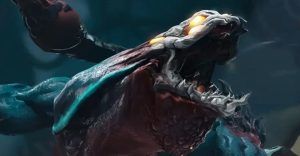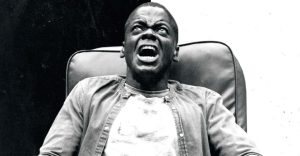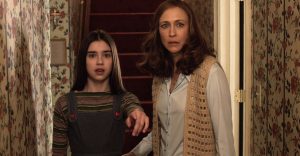The Trials Of Gabriel Fernandez: Biggest Reveals From Netflix’s Docuseries
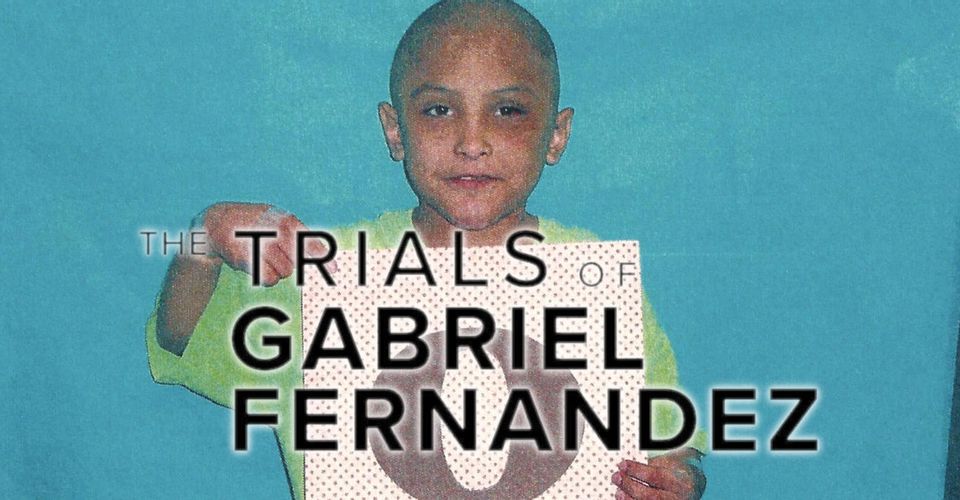
The Netflix docuseries The Trials of Gabriel Fernandez examines the 2013 murder of an eight-year-old boy in Palmdale, California. Told in six parts, and released in February 2020, the true crime story details the systemic injustice that prevented Gabriel Fernandez from receiving proper legal protection from his tormentors.
On May 24, 2013, Fernandez died two days after being found unresponsive with a crushed skull and three broken ribs. He had also been shot with BB gun, as pellets were located in both his lungs and groin. Three months later, Pearl Fernandez (Gabriel’s mother) and her boyfriend, Isauro Aguirre, were charged with torturing and murdering Gabriel. In 2017, Aguirre was convicted and received a death sentence for beating Gabriel to death, while Fernandez later plead guilty to first-degree murder and received a life sentence in prison. The Trials of Gabriel Fernandez on Netflix includes graphic images, but mostly covers the backstory and aftermath.
The death of Gabriel Fernandez made people question why the boy didn’t receive the appropriate help after showing up to school with bruised eyes and cigarette burns on his face. In addition, the tragedy raised questions about how social workers determine who needs the most help, and when. Here are the biggest reveals in The Trials of Gabriel Fernandez on Netflix.
Gabriel Was Raised By Three Families

Gabriel Fernandez wasn’t raised by his mother and Aguirre. Three days after Gabriel was born, Pearl Fernandez gave her son to uncle Michael Lemos Carranza, who then looked after the boy for four years with partner David Martinez. Gabriel’s grandparents Robert and Sandra Fernandez ultimately gained custody upon being concerned that the child was being raised by a gay couple. Carranza reportedly passed away in 2014; Martinez appears in the Netflix documentary, and denies allegations that he and Carranza molested Gabriel.
Pearl Fernandez then gained custody of her son in October 2012. So, Gabriel spent the last six months of his life with the people that would ultimately kill him. The Trials of Gabriel Fernandez on Netflix doesn’t extensively explore the subject’s upbringing under Carranza, Martinez, and his grandparents, but does reveal that he was living with siblings Ezequiel and Virginia during the last months of his life. Gabriel’s estranged father, Arnold Contreras, appears on camera in the documentary and receives a positive portrayal from District Attorney Jon Hatami.
Aguirre Fed Gabriel Cat Litter And Accused Him Of Being Gay
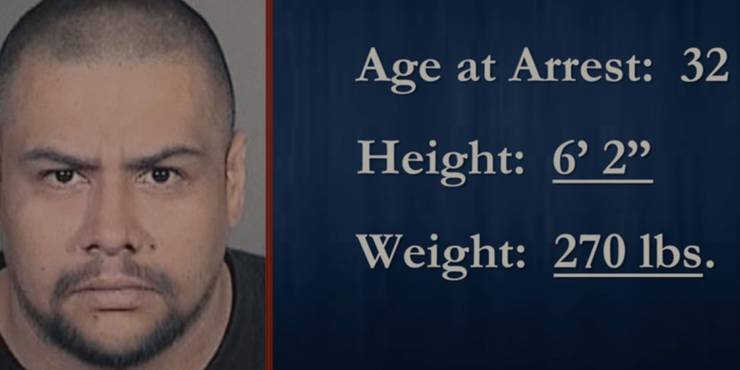
When police officers found Gabriel, they initially thought he might’ve been suffering from a disease, due to his appearance. However, authorities then spotted obvious trauma all over the boy’s body, and spoke with Aguirre and Pearl Fernandez about what had transpired. According to firefighter battalion chief Anthony Buzzerio, the statements “didn’t make sense” and the couple was “argumentative.” In the Netflix docuseries, Deputy Jonathan Beck testifies that Pearl seemed most concerned about her cats. According to Hatami, both Aguirre and Pearl made statements about Gabriel being “dirty” and a “liar.” EMT Matthew Bistline also testifies that Aguirre had made statements about the victim being gay. It’s later revealed that Gabriel was also forced to wear a dress. In The Trials of Gabriel Fernandez, the final part references the 2018 murder of another Glendale child, Anthony Avalos, a 10-year-old who was reportedly tortured and killed due to speculation that he was gay.
Gabriel’s autopsy showed that “gritty material” was found in his stomach. Stephan Schliebe, Senior Criminalist for the L.A. County Sherrif’s Department, testifies that he conducted two tests that showed that the contents of Gabriel’s stomach were consistent with cat litter. At the time of his death, Gabriel didn’t have any fat stores (or any food) in his body, and his sister Virginia later told authorities that she indeed witnessed her brother being fed dirty cat litter as punishment. The Trials of Gabriel Fernandez on Netflix implies that Pearl and Aguirre only wanted Gabriel in order to receive welfare money.
Gabriel Showed Signs Of Affection Towards Mother In School

Midway through the Netflix docuseries, Gabriel’s teacher Jennifer Garcia discusses the final weeks of his life. She recalls how Gabriel arrived at school looking “horrible,” as his eyes were swollen. Gabriel claimed that he’d fallen, only to reveal that he’d been shot in the face with a BB gun. Garcia testifies that Gabriel claimed the abuse was “worse” whenever a social worker would visit his home, and her comments set up the docuseries’ further exploration of the warning signs that went ignored by the Department of Children and Family Services.
After the BB gun incident, Garcia states that Gabriel was gone for an extended amount of time, and then showed up at school with visible injuries that scared his classmates. Garcia also reveals that she knew Gabriel’s wounds had been healing, so the injuries were most likely much worse in the days before. Still, she recalls that Gabriel “didn’t seem angry with his mom.” She remembers that Gabriel worked on a Mother’s Day project and described Pearl as “special,”“loving,” and “beautiful.” The boy also made coupons for his mother that read “I will be good.” Gabriel was killed two weeks later. Prosecutors later decided that Pearl’s crimes didn’t warrant a death sentence because of her low IQ.
Social Workers Ignored Or Failed To Identify Warning Signs

In the Netflix docuseries, the scenes involving Garcia set up a lengthy commentary on systemic failures that led to Gabriel’s death. Garcia remembers calling social worker Stefanie Rodriguez with concerns, and also that she never heard back. It’s later revealed that Rodriguez categorized various events as “accidents” in her reports, and failed to mark injuries on what’s known as a “body chart.” According to interviewees in The Trials of Gabriel Fernandez, Rodriguez’s superiors took a “hands-off” approach. In fact, social worker Patricia Clement made false statements about Gabriel’s case, and even back-dated paperwork to seemingly protect herself from allegations.
Four social workers were ultimately fired and faced charges for being complicit in Gabriel’s death, including Gregory Merritt (seen above) who speaks at length and defends his action in the Netflix docuseries. Ultimately, a California appeals court ordered that all charges should be dropped. The DCFS sequences in The Trials of Gabriel Fernandez deconstruct how child abuse cases are now analyzed, most notably how algorithms are used, via The Allegheny Family Screening Tool, to determine individuals who seemingly deserve the most attention.
Gabriel’s Siblings Provided Clarity For Prosecutors

The Trials of Gabriel Fernandez on Netflix speculates about the killers’ motives, and includes various on-camera interviews about crime scene evidence. In addition, law enforcement officials discuss what they saw and heard on the day of Gabriel’s murder. By the end of the docuseries, former psychotherapist Wendy Smith provides observations about police interviews with Gabriel’s siblings, Ezequiel and Virginia. She notes their “initial attempt to hold up a facade,” and how difficult it must’ve been to process “the gradual unburdening.”
During the trial, both Ezequiel and Virginia testified and provided clarity about what exactly Gabriel endured in the months before his death. Not only was he forced to eat cat litter, but he was locked inside a box at night (in a room with two beds). Gabriel was also handcuffed, and had a bandana wrapped around his mouth. When authorities arrived at Gabriel’s home, he would often hide in the box with Pearl. His teeth were knocked out with a baseball bat; he was punished for being “gay.” On May 22, 2013, Gabriel was punched twice by Aguirre, and then 18 more times, including 10 blows to the head. Aguirre was apparently angry that Gabriel, an eight-year-old boy, had called Pearl a liar. The sixth and final part of The Trials of Gabriel Fernandez on Netflix examines the court process and legal ramifications.
About The Author












